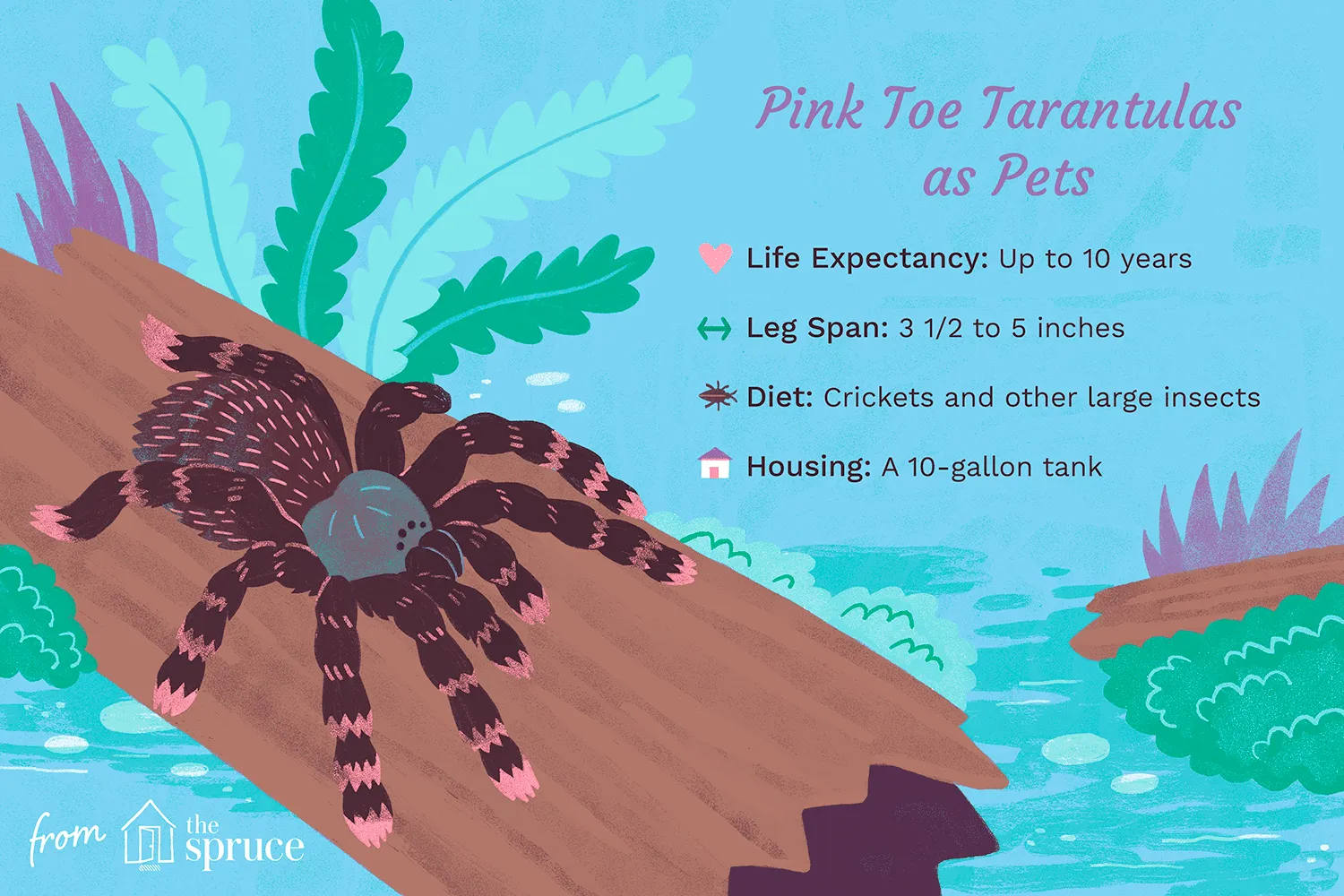What is a Baby Pink Toe Tarantula (Avicularia avicularia) ?
The Baby Pink Toe Tarantula, scientifically known as Avicularia avicularia, is a captivating and popular pet tarantula, known for its docile temperament and striking appearance. Native to the tropical rainforests of South America, this arboreal species has gained considerable attention among tarantula enthusiasts. Unlike many terrestrial tarantulas, the Baby Pink Toe prefers to live in trees, constructing silken retreats amongst the foliage. Its arboreal nature and vibrant coloration make it a sought-after addition to any arachnid collection. This guide will delve into all aspects of caring for these fascinating creatures, from habitat setup and feeding to breeding and health considerations, providing a comprehensive resource for both novice and experienced tarantula keepers. Owning a Baby Pink Toe Tarantula can be a rewarding experience, offering a unique glimpse into the world of exotic pets and arachnid behavior.
Origin and Habitat of the Baby Pink Toe Tarantula
Understanding the natural habitat of the Baby Pink Toe Tarantula is crucial for providing optimal care. These tarantulas are indigenous to the tropical rainforests of South America, specifically found in countries like Brazil, French Guiana, and Suriname. In the wild, they thrive in humid environments, typically constructing their silken nests within the canopies of trees, utilizing leaves and branches as their homes. The dense vegetation provides both shelter from predators and a source of insects for sustenance. These tarantulas are well-adapted to their arboreal lifestyle, possessing specialized claws on their feet to navigate vertical surfaces and cling to branches. Replicating these conditions in captivity is essential for their well-being. Baby Pink Toe Tarantulas are also known to inhabit burrows in the wild, especially when they are juveniles, providing them with additional protection.
Appearance and Characteristics of the Baby Pink Toe Tarantula
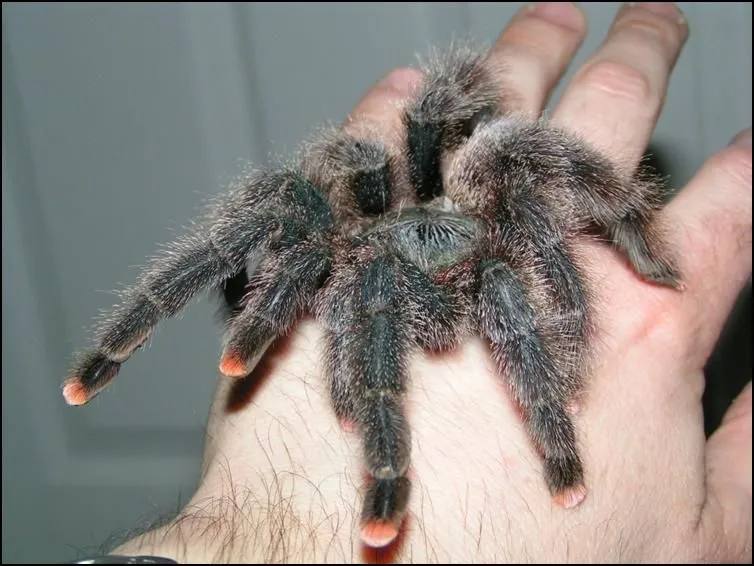
Size and Lifespan
Baby Pink Toe Tarantulas are not the largest tarantula species, but they are certainly captivating in appearance. Females generally reach a leg span of about 5 to 6 inches, while males tend to be slightly smaller. The lifespan of these tarantulas varies, with females living considerably longer than males. Females can live for 10 to 12 years or even longer under optimal care, whereas males typically live for only 2 to 3 years after reaching maturity. This difference in lifespan is a common characteristic among tarantula species. The longevity of the female Baby Pink Toe Tarantula makes it a long-term commitment for any tarantula keeper, necessitating dedication to its care over many years.
Coloration and Distinctive Features
As their name suggests, the Baby Pink Toe Tarantula is renowned for its striking appearance. The most prominent feature is the vibrant pink coloration on the tips of their feet, which contrasts beautifully with the rest of their body. The carapace, or the upper shell, typically exhibits a metallic green or bronze sheen, providing an iridescent quality. The abdomen is often a darker shade of brown or black, with a pattern of hairs that add to its overall visual appeal. Juvenile tarantulas may appear less colorful than adults, with their pink toes developing more prominently as they mature. These unique features make the Baby Pink Toe Tarantula one of the most visually appealing species among tarantula enthusiasts.
Caring for Your Baby Pink Toe Tarantula
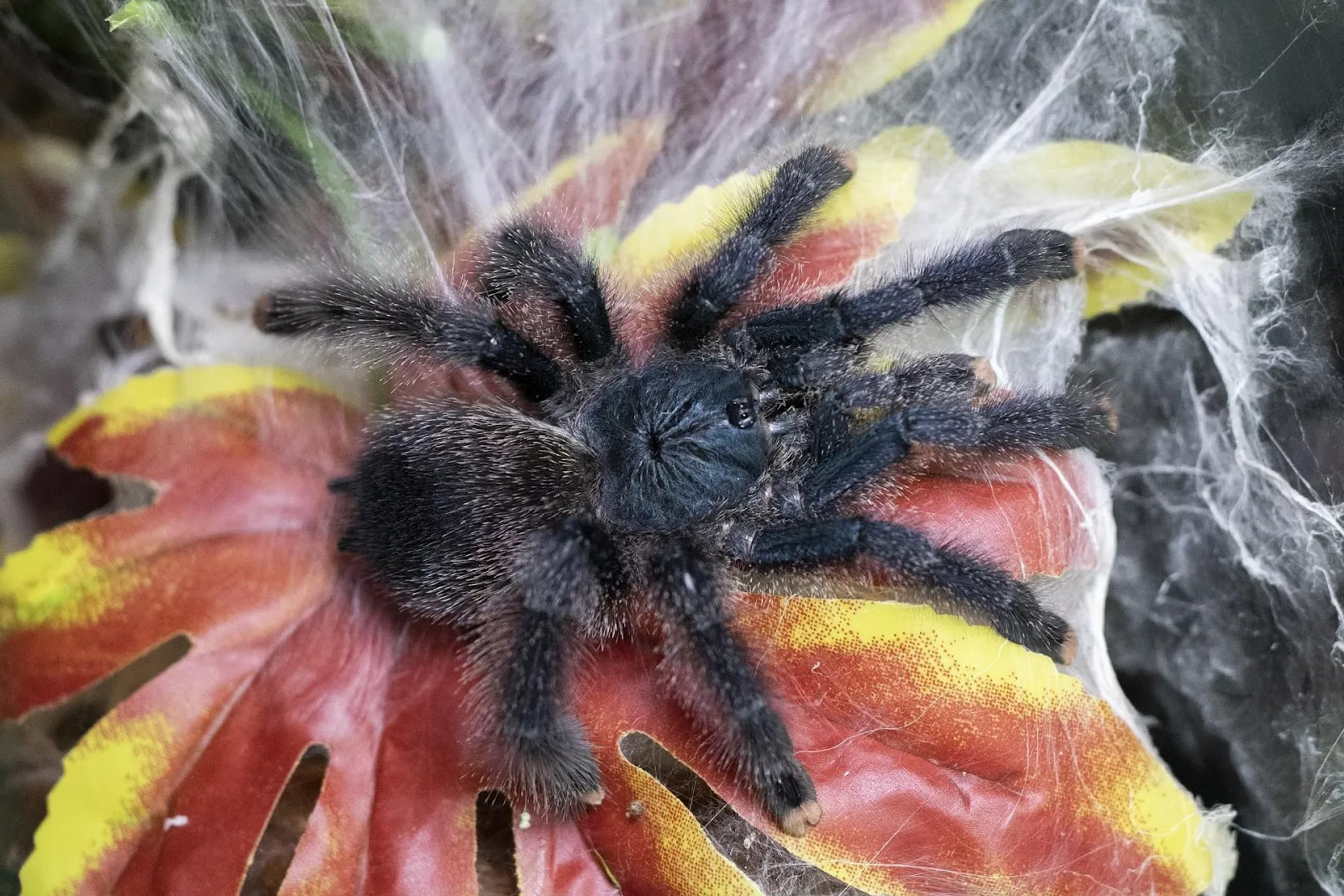
Providing the right care is essential for the health and well-being of your Baby Pink Toe Tarantula. This includes setting up a suitable enclosure, maintaining the correct environmental conditions, and providing a balanced diet. Careful attention to these factors will ensure your tarantula thrives in captivity. It’s important to research and understand the specific needs of this arboreal species. Properly caring for a Baby Pink Toe Tarantula involves creating an environment that mimics its natural habitat. This encompasses the selection of an appropriate enclosure, setting up the substrate, controlling temperature and humidity, and providing a diet that meets its nutritional needs. Regular monitoring and maintenance are also crucial to ensure that the tarantula remains healthy and content.
Choosing the Right Enclosure
The enclosure should be well-ventilated and sized appropriately for the tarantula’s size. For a juvenile, a 5-gallon terrarium is often sufficient, while a larger adult may require a 10- to 15-gallon enclosure. The height of the enclosure is more important than the floor space, as this is an arboreal species. Ensure that the enclosure has a secure lid to prevent escapes. Consider using a glass or acrylic enclosure with plenty of cross-ventilation. Avoid using screen tops, as they can hinder the ability to maintain humidity. It is important to ensure that the enclosure is escape-proof. A secure, well-designed enclosure is essential for the safety of both the tarantula and the keeper.
Substrate and Habitat Setup
The substrate should be a mixture that retains moisture, such as coconut fiber, peat moss, or a combination of both. This helps maintain the required humidity levels. Provide vertical climbing structures, such as cork bark, branches, and artificial plants, to mimic the tarantula’s natural habitat. Baby Pink Toe Tarantulas are arboreal, meaning they prefer to climb and build webs in elevated spaces. The substrate layer should be deep enough to allow the tarantula to burrow slightly if it chooses, but not excessively so. The addition of live or artificial plants can also enhance the enclosure and create a more naturalistic environment. Providing a well-designed habitat makes the tarantula feel secure and encourages natural behaviors, such as web-spinning and climbing.
Temperature and Humidity Control
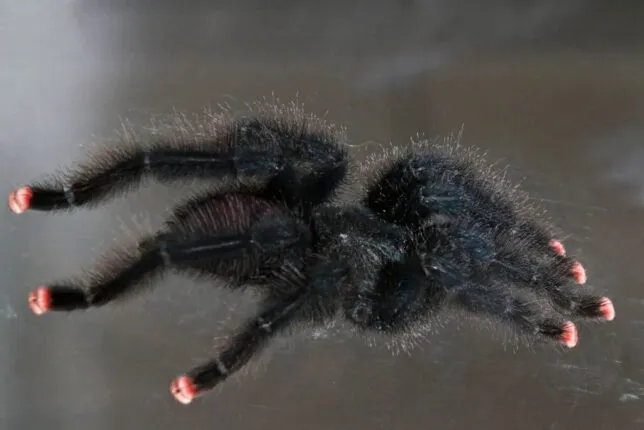
Maintaining the correct temperature and humidity levels is crucial for the health of your Baby Pink Toe Tarantula. The ideal temperature range is between 75°F and 80°F (24°C to 27°C). Use a heat mat or a low-wattage heat lamp to maintain this temperature, but be careful to avoid overheating. Humidity levels should be kept between 70% and 80%. You can achieve this by misting the enclosure with dechlorinated water several times a week and ensuring proper ventilation to prevent mold growth. A hygrometer is essential for monitoring humidity. Proper temperature and humidity are critical for the tarantula’s molting process and overall well-being. Regular monitoring and adjustment of these environmental factors are necessary to ensure your tarantula thrives.
Feeding Your Baby Pink Toe Tarantula
A well-balanced diet is fundamental to the health and longevity of your Baby Pink Toe Tarantula. Providing the correct food items at the appropriate frequency will ensure that the tarantula receives the necessary nutrients. These tarantulas are opportunistic feeders and will consume a variety of insects. Understanding their dietary requirements and feeding habits is key to successful tarantula keeping. The food items you select should be readily available and appropriate in size for your tarantula. Feeding appropriately sized prey prevents the tarantula from becoming overfed or undernourished, ensuring its overall health and vitality. Additionally, providing fresh water is essential for hydration.
Diet and Feeding Frequency
The primary food source for Baby Pink Toe Tarantulas should consist of insects. Appropriate prey items include crickets, roaches, and mealworms. The size of the prey should be approximately the size of the tarantula’s abdomen. Juvenile tarantulas should be fed two to three times a week, while adults can be fed once a week or every other week. Avoid overfeeding, as this can lead to health issues. Remove any uneaten food items within 24 hours to prevent mold and mites from developing in the enclosure. The frequency of feeding can also vary based on the tarantula’s size, age, and individual needs. Monitor your tarantula’s abdomen to determine its feeding schedule.
Watering and Hydration
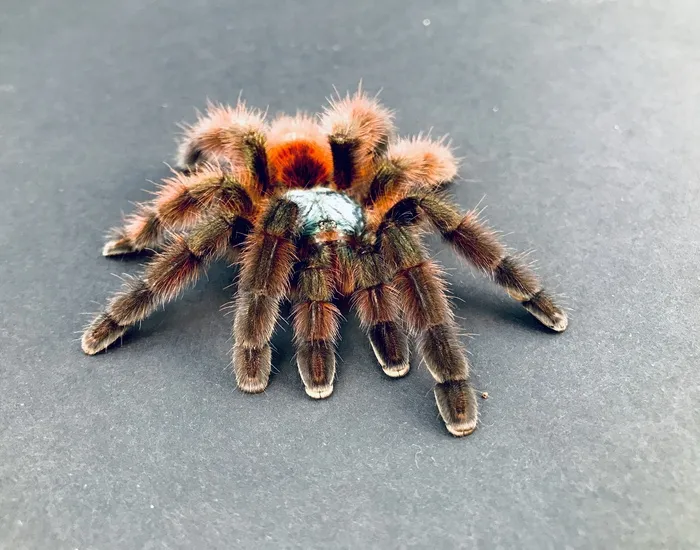
Providing fresh water is crucial for the tarantula’s hydration. Use a shallow water dish that is easily accessible and placed in the enclosure. The water dish should be shallow enough to prevent the tarantula from drowning. Fill the dish with dechlorinated water, as tap water can contain harmful chemicals. Mist the enclosure regularly to maintain humidity, particularly in drier climates. Regularly check the water dish and refill it as needed. The humidity from the misting, combined with the water dish, will provide adequate hydration. Remember, a well-hydrated tarantula is a healthy tarantula. Always provide fresh, clean water.
Handling and Interaction
Baby Pink Toe Tarantulas are generally considered docile, but handling should be done with caution. Avoid handling the tarantula unnecessarily, as it can stress the animal and potentially lead to a defensive bite. If handling is required, do so gently and from a low height, such as over a soft surface, in case the tarantula falls. Always wash your hands before and after handling to avoid transferring oils or contaminants. Observe the tarantula’s behavior before attempting to handle it. If it appears agitated or defensive, it is best to avoid handling altogether. A healthy respect for the animal will contribute to a safe and enjoyable experience for both the keeper and the tarantula.
Health and Common Issues
Baby Pink Toe Tarantulas are generally hardy, but they can still be susceptible to health issues. Regular observation and a proactive approach to care can prevent many common problems. The health of your tarantula is directly correlated to the quality of care you provide. This section outlines potential health concerns and provides insights into preventative measures. Keeping a close eye on your tarantula’s behavior, eating habits, and overall appearance can help you identify issues early on. Prompt intervention when problems arise can often lead to a successful recovery.
Molting Process
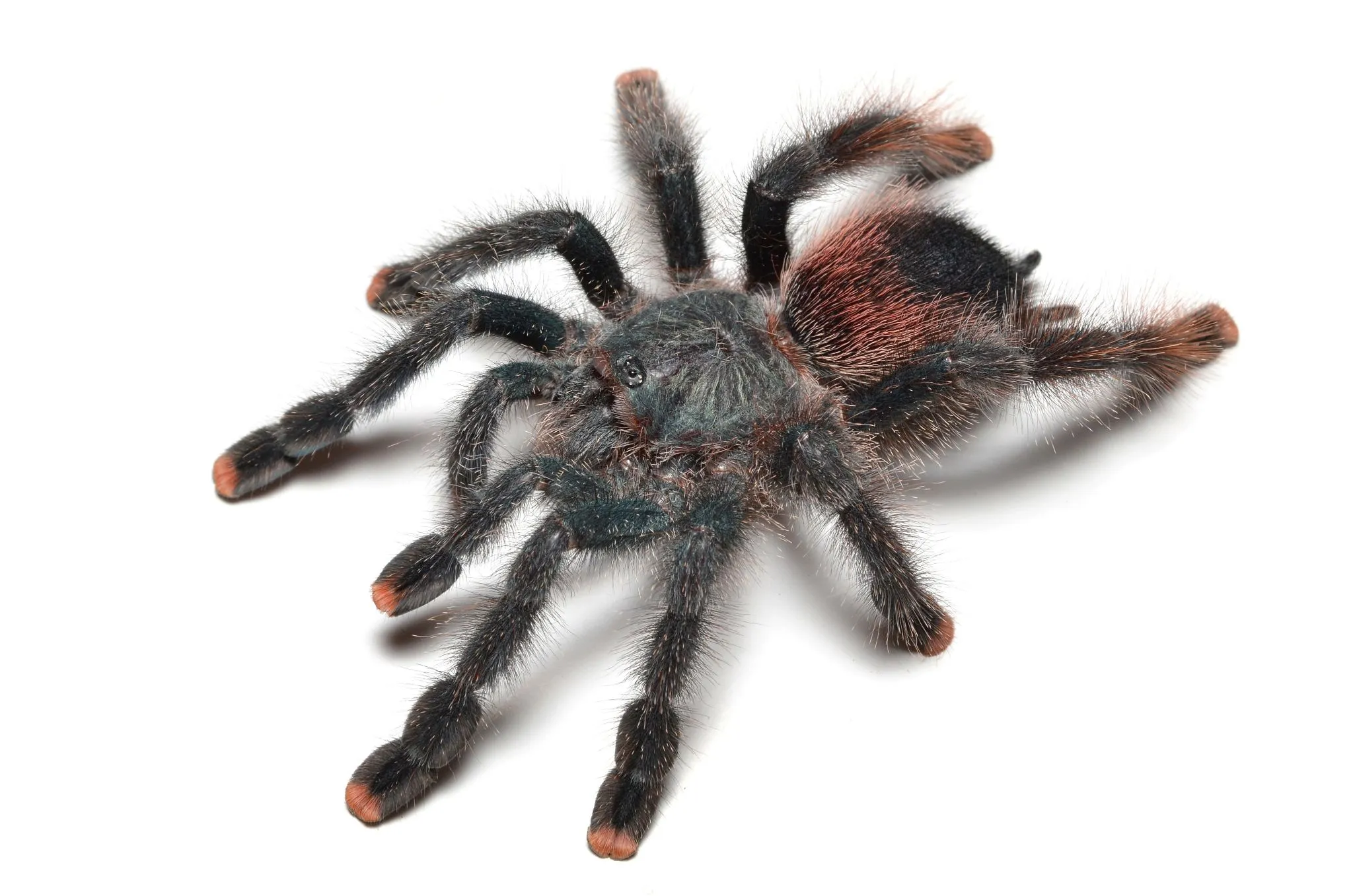
Molting is a natural process in which the tarantula sheds its exoskeleton to grow. During molting, the tarantula becomes vulnerable, and it is important to avoid disturbing it. The tarantula will typically lie on its back during the molting process. Do not attempt to assist the tarantula during molting, as this can cause injury. After molting, the tarantula will have a new, softer exoskeleton. It is best to wait a few days before feeding the tarantula, as its fangs will also be soft. Molting frequency varies based on the tarantula’s age and growth rate. As the tarantula matures, molting becomes less frequent.
Common Diseases and Prevention
Some common health issues include fungal infections, mite infestations, and injuries. Fungal infections can be prevented by maintaining proper humidity levels and ensuring good ventilation in the enclosure. Mite infestations can be prevented by quarantining new tarantulas and regularly cleaning the enclosure. Injuries can occur from falls or being caught in the enclosure. Regularly inspect the tarantula for signs of injury. If you notice any unusual behavior or symptoms, consult with a veterinarian experienced in exotic animals or a knowledgeable arachnid expert. Preventative measures, such as maintaining cleanliness, providing a balanced diet, and providing a stress-free environment, are crucial for minimizing health problems.
Breeding Baby Pink Toe Tarantulas
Breeding Baby Pink Toe Tarantulas can be a rewarding experience, but it requires careful planning and preparation. Success depends on providing the right conditions and understanding the tarantula’s breeding cycle. This section will guide you through the essential steps of breeding these beautiful arachnids, offering insights into sexing, mating, and managing egg sacs. Careful preparation, patience, and meticulous attention to detail are critical for a successful breeding outcome. Breeders must have a thorough understanding of the tarantula’s life cycle and reproductive behavior. It is a challenging process, and proper preparation is key.
Sexing Your Tarantula
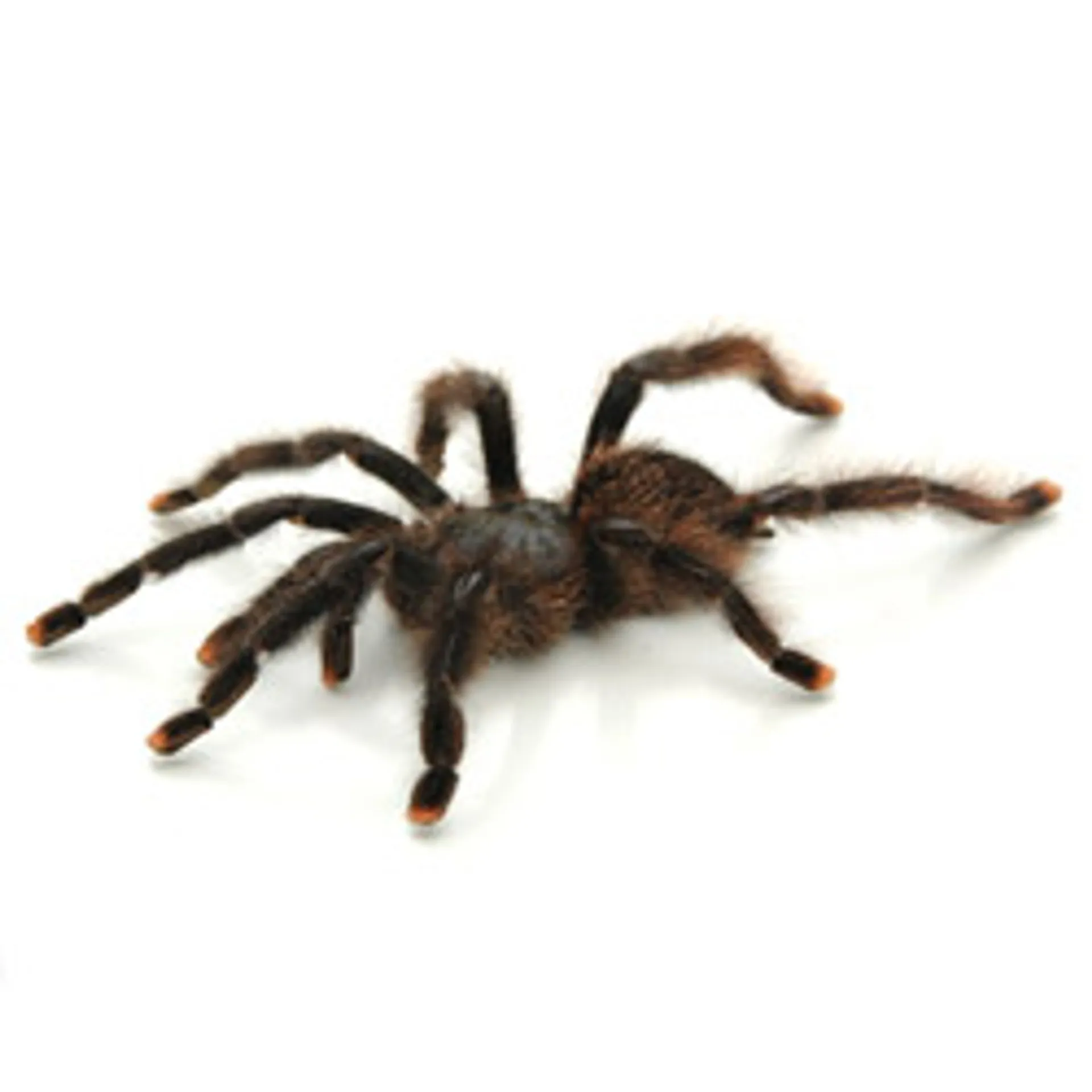
Sexing a Baby Pink Toe Tarantula can be done by examining its molt. The easiest method is to look for the presence of spermathecae in the female molt. The spermathecae are located on the underside of the abdomen. Males have a smaller abdomen and typically have tibial hooks on their front legs, which are used to hold the female’s fangs during mating. Examining the molt provides the most reliable method for determining the sex. This can be done by gently spreading the molt and observing the area. Some tarantulas may be difficult to sex without a molt, which underscores the importance of having a reliable molted skin.
Mating and Egg Sacs
To successfully breed Baby Pink Toe Tarantulas, you will need a mature male and female. Introduce the male to the female’s enclosure, but be prepared to separate them if the female shows aggression. The male will drum on the substrate and try to mate with the female. If the mating is successful, the female will eventually lay eggs and create an egg sac. The egg sac is a silken pouch that protects the eggs. The female will guard the egg sac, and it is important to avoid disturbing her during this time. The incubation period varies, but typically lasts several weeks. Once the spiderlings hatch, they can be separated and raised individually. Breeding these tarantulas requires patience and careful observation. After mating, provide the female with ample food and maintain optimal enclosure conditions.
Conclusion
Caring for a Baby Pink Toe Tarantula can be a fascinating and rewarding experience. These beautiful arachnids, with their unique coloration and gentle disposition, make excellent pets for responsible owners. By following the guidelines in this comprehensive guide, you can provide a safe, healthy, and enriching environment for your tarantula. Remember to always prioritize the tarantula’s well-being by providing appropriate habitat, diet, and care. With dedication and a passion for these amazing creatures, you can enjoy the unique experience of owning a Baby Pink Toe Tarantula for many years to come. Always prioritize the health and happiness of your tarantula, and continue to learn about its care and behavior.
